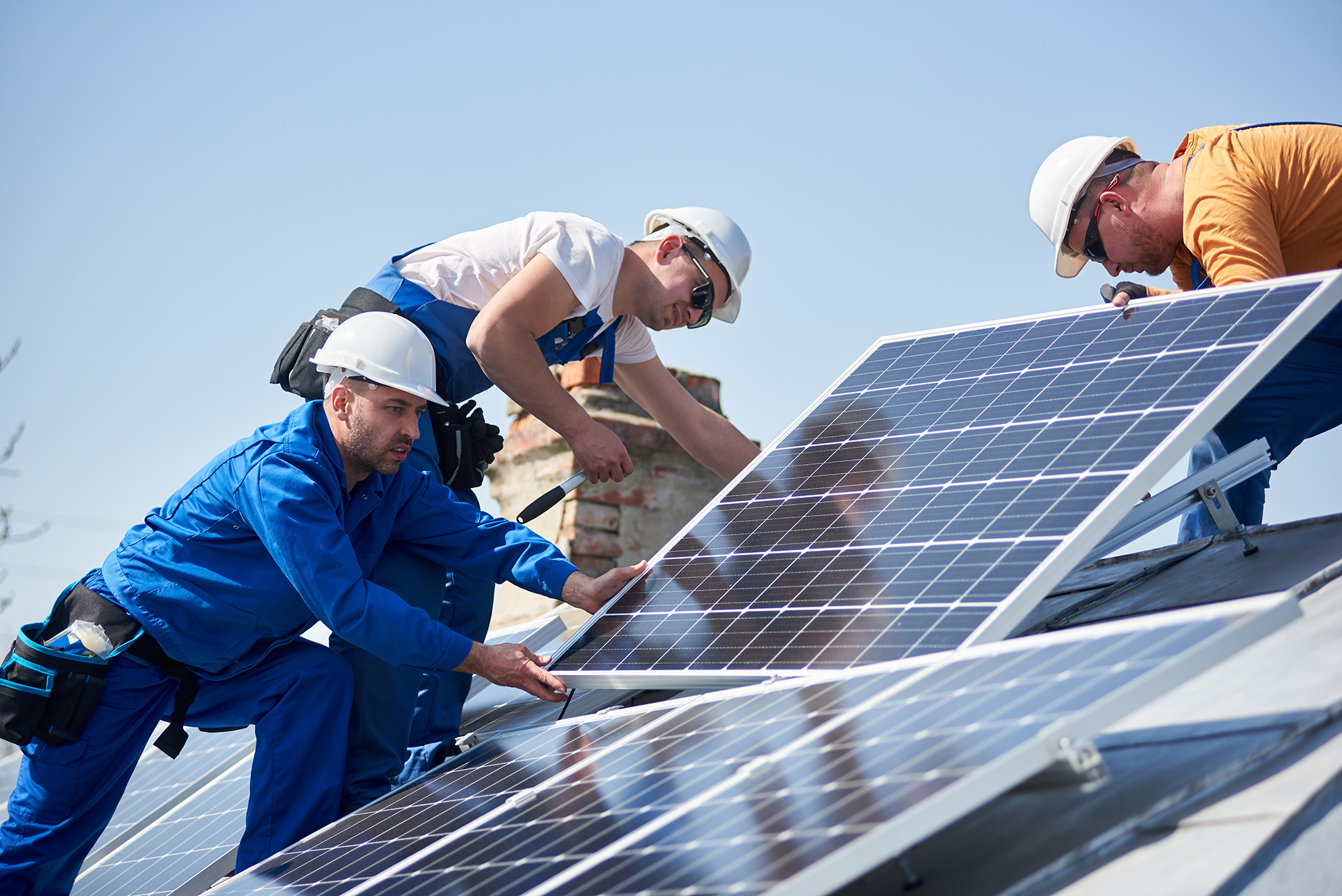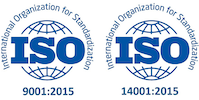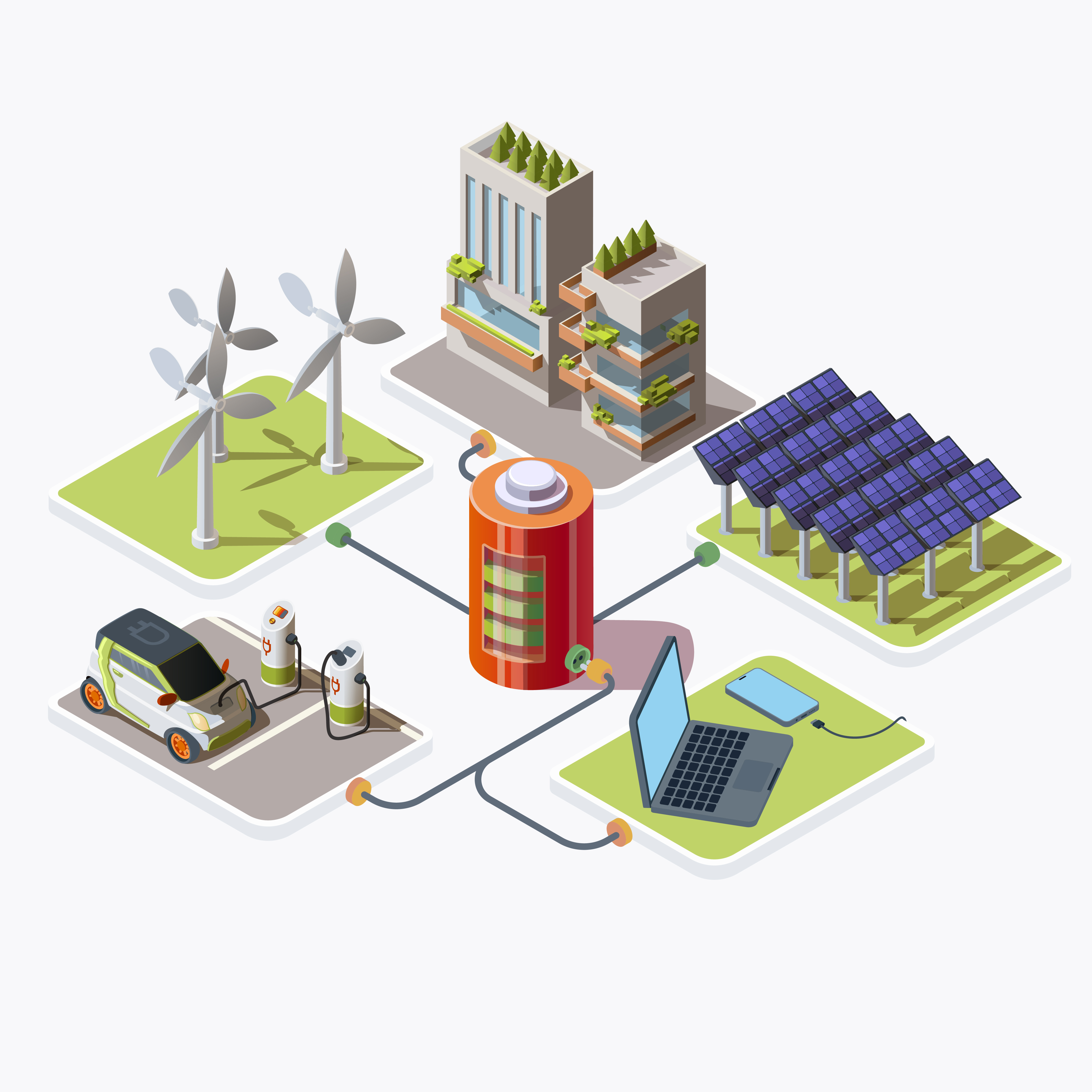Table of Contents
ToggleIntroduction
Solar energy has emerged as a promising renewable energy source, offering a sustainable alternative to conventional fossil fuels. Among the various technologies harnessing solar power, vacuum solar collectors play a significant role in capturing and converting sunlight into usable energy. This article aims to explore the classification of vacuum solar collectors, examining different types, performance metrics, comparisons, recent advances, case studies, and future outlook.
Definition and Purpose of Vacuum Solar Collectors
Vacuum solar collectors are devices designed to absorb solar radiation and convert it into heat energy for various applications such as space heating, water heating, and electricity generation. Unlike traditional solar collectors, vacuum solar collectors utilize a vacuum-sealed tube or panel to minimize heat loss and improve efficiency. Classification is essential in understanding the diverse range of vacuum solar collectors available in the market. It helps in identifying the most suitable technology for specific applications, optimizing performance, and guiding research and development efforts towards innovation and improvement.
This paper will delve into different aspects of vacuum solar collectors, including types, performance metrics, comparison, recent advancements, case studies, and future prospects, providing a comprehensive understanding of this crucial technology in the renewable energy sector.
Types of Vacuum Solar Collectors
Flat-plate vacuum solar collectors consist of a flat absorber plate enclosed within a vacuum-sealed glass or plastic cover. The absorber plate absorbs solar radiation, heating the fluid (usually water or antifreeze solution) flowing through it. Evacuated tube vacuum solar collectors consist of multiple glass tubes with an absorber coating inside. The space between the inner and outer tubes is evacuated to create a vacuum, minimizing heat loss through conduction and convection.
Parabolic trough vacuum solar collectors utilize curved reflective surfaces (parabolic troughs) to concentrate sunlight onto a receiver tube located at the focal point. The receiver tube contains a heat transfer fluid that absorbs the concentrated solar energy. Passive vacuum solar collectors rely on natural processes such as convection and thermal stratification to circulate the heat transfer fluid within the collector system. They do not require external pumps or controls for operation.
Active vacuum solar collectors incorporate mechanical components such as pumps, valves, and controllers to actively circulate the heat transfer fluid within the collector system. These systems offer more precise control over energy collection and distribution.
Classification Based on Application
Domestic vacuum solar collectors are designed for residential applications such as heating water for household use, space heating, and swimming pool heating. They are typically smaller in size and optimized for efficiency and cost-effectiveness. Commercial and industrial vacuum solar collectors are larger-scale systems used for applications such as process heating, industrial water heating, and electricity generation. These collectors are designed to meet higher energy demands and may incorporate advanced features for integration with existing infrastructure.
Performance Metrics for Vacuum Solar Collectors
Thermal efficiency measures the ability of a vacuum solar collector to convert solar radiation into usable heat energy. It is influenced by factors such as absorber material, insulation quality, and operating temperature. Optical efficiency reflects the ability of a vacuum solar collector to capture and concentrate sunlight onto the absorber surface. It is affected by factors such as reflector design, tracking systems, and shading effects.
The longevity of vacuum seals is critical for maintaining the effectiveness of vacuum insulation in solar collectors. Degradation or failure of seals can lead to increased heat loss and reduced overall efficiency. Vacuum solar collectors must withstand various environmental factors such as temperature fluctuations, humidity, wind, and precipitation. Robust construction and materials are essential for ensuring long-term performance and durability.
The initial investment cost includes the purchase and installation expenses associated with vacuum solar collectors. It encompasses factors such as equipment cost, installation labor, and site preparation. Maintenance and operational costs include expenses related to routine maintenance, repairs, and ongoing operation of vacuum solar collector systems. Factors such as component longevity, energy efficiency, and system complexity influence these costs.
Comparison of Vacuum Solar Collector Types
Different types of vacuum solar collectors exhibit varying levels of efficiency depending on design, technology, and operating conditions. Comparative analysis helps in identifying the most efficient solution for specific applications.Cost is a significant consideration in the selection of vacuum solar collector systems. Comparing the initial investment, maintenance, and operational costs of different types can help in determining the most cost-effective solution over the long term.
The suitability of vacuum solar collector types varies depending on the intended application, available space, energy requirements, and budget constraints. Understanding the strengths and limitations of each type is crucial for making informed decisions.
Recent Advances and Innovations
Nanotechnology offers promising opportunities for enhancing the performance and efficiency of vacuum solar collectors. Nanomaterials can improve optical properties, heat transfer characteristics, and durability, leading to higher overall efficiency and reliability. The integration of vacuum solar collectors with smart technologies such as IoT (Internet of Things), sensors, and predictive analytics enables real-time monitoring, optimization, and control of system performance. This enhances efficiency, reduces downtime, and improves overall reliability.
Advancements in manufacturing processes contribute to cost reduction, quality improvement, and scalability of vacuum solar collector production. Innovations in materials, fabrication techniques, and assembly methods enhance performance while lowering production costs. Case studies highlight real-world applications and experiences with vacuum solar collector systems. Examples from residential, commercial, and industrial sectors demonstrate the benefits, challenges, and lessons learned from deployment.
Challenges such as technological limitations, regulatory hurdles, and market dynamics are common in the adoption of vacuum solar collector systems. Analyzing challenges and lessons learned from case studies provides insights for improving future deployments.
Future Outlook
The future of vacuum solar collector technology is characterized by continued innovation, driven by advancements in materials science, manufacturing processes, and system integration. Emerging trends such as bifacial collectors, hybrid systems, and integrated storage solutions hold promise for further improving efficiency and versatility. Research and development efforts in vacuum solar collector technology are focused on addressing key challenges and unlocking new opportunities. Areas such as advanced materials research, system optimization, and integration with other renewable energy technologies offer exciting prospects for future innovation.
Conclusion
In conclusion, the classification of vacuum solar collectors provides valuable insights into the diverse range of technologies available for harnessing solar energy. Understanding the different types, performance metrics, comparisons, recent advances, case studies, and future outlook is essential for driving innovation, improving efficiency, and accelerating the adoption of renewable energy solutions. With continued research, development, and collaboration, vacuum solar collectors will play a vital role in transitioning towards a more sustainable and resilient energy future.
FAQS
What are vacuum solar collectors, and how do they work?
Vacuum solar collectors are devices that utilize vacuum-sealed tubes or panels to absorb solar radiation and convert it into usable heat energy. The vacuum insulation minimizes heat loss, enhancing efficiency. These collectors typically consist of an absorber plate or tube, a transparent cover, and insulation materials.
What are the main types of vacuum solar collectors?
There are several types of vacuum solar collectors, including flat-plate, evacuated tube, and parabolic trough collectors. Flat-plate collectors feature a flat absorber plate enclosed in a vacuum-sealed cover. Evacuated tube collectors comprise multiple glass tubes with an absorber coating, while parabolic trough collectors use curved reflective surfaces to concentrate sunlight onto a receiver tube.
How are vacuum solar collectors classified based on operating principle?
Vacuum solar collectors can be classified into passive and active systems based on their operating principle. Passive collectors rely on natural processes like convection and thermal stratification for heat circulation, whereas active collectors incorporate mechanical components such as pumps and controllers to actively circulate the heat transfer fluid.
What performance metrics are important for evaluating vacuum solar collectors?
Key performance metrics for vacuum solar collectors include thermal efficiency, optical efficiency, reliability, durability, and cost-effectiveness. Thermal efficiency measures the collector’s ability to convert solar radiation into heat energy, while optical efficiency reflects its ability to capture sunlight effectively. Reliability and durability ensure long-term performance, while cost-effectiveness considers both initial investment and operational costs.
What are some recent advances in vacuum solar collector technology?
Recent advances in vacuum solar collector technology include the use of nanotechnology to enhance efficiency and durability, integration with smart technologies for real-time monitoring and optimization, and improvements in manufacturing processes for cost reduction and scalability. These advancements contribute to the continued development and adoption of vacuum solar collectors in various applications.







